CNC machining has two types, CNC milling and CNC turning, and we will introduce three types of CNC milling machines in this article.
When we talk about CNC machining, most of the time it is indicated to CNC milling. However, there are a few different types of CNC milling machines, 3-axis, 4-axis, and 5-axis machines. What are these machines and how they produce CNC parts? Let’s discover in this article.
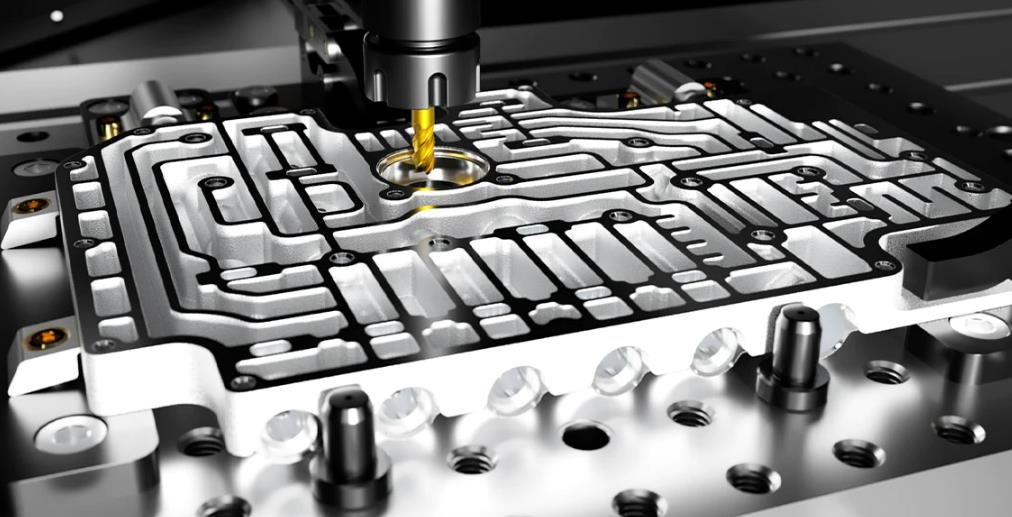
Image Source: Autodesk
CNC milling and CNC turning are two main types of CNC machining, which removes material from a blank at high speed by cutting or spinning tools. 3-axis, 4-axis, and 5-axis machines are common types of CNC machines. The main differences between 3-axis, 4-axis and 5-axis machining are how the cutting tools move on the workpiece and the motion complexities. If you are a designer or engineer, you may have a comprehensive understanding about how CNC works, but you may not know which type of machine will manufacture your parts based on geometric complexity. So, in the following section, we will discover more about CNC machines and help you decide the most suitable method amongst 3-axis, 4-axis, and 5-axis CNC machining.
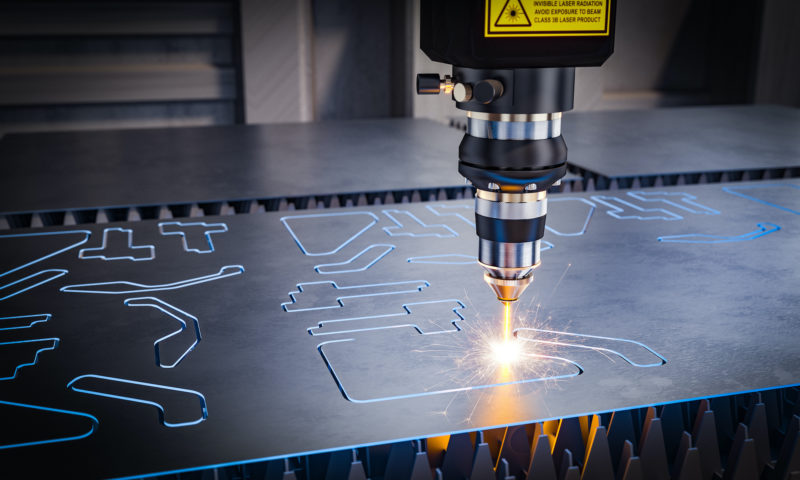
Image Source: EPIC TOOL
The most common CNC machine is 3-axis milling machine. 3-axis means the milling machine has 3 linear degrees of freedom, including the X, Y, and Z axes. The X-axis leads to vertical direction, the Y-axis is the horizontal direction, and the Z-axis is moving up and down. The principle of 3-axis CNC milling is to cut the material from the blank which is mounted on the machine bed, and the rotational cutting tools move along X, Y, Z coordinates to cut the part as designed.
As 3-axis CNC milling machines can only cut parts along three axes, it is usually used for cutting parts with cubic geometries. If the part has 6 sides to machine, operator has to flip the blank or change fixtures manually. Besides, it is difficult for 3-axis CNC to machine parts with unconventional shapes, and deep, narrow cavities.
If you have limited budget or the surface of a part is the only position need to be machined, 3-axis CNC machining is the best choice. Moreover, the set-up time for machining is much shorter than 4-axis or 5 axis machines, and the machine price is more affordable. While as 3-axis machines are easier to program, the maintenance fee is much lower.
However, due to geometric complexity, some parts can’t be machined by 3-axis CNC machining, utilizing 4 or 5-aixs CNC machining to produce those parts could be a more economical solution.
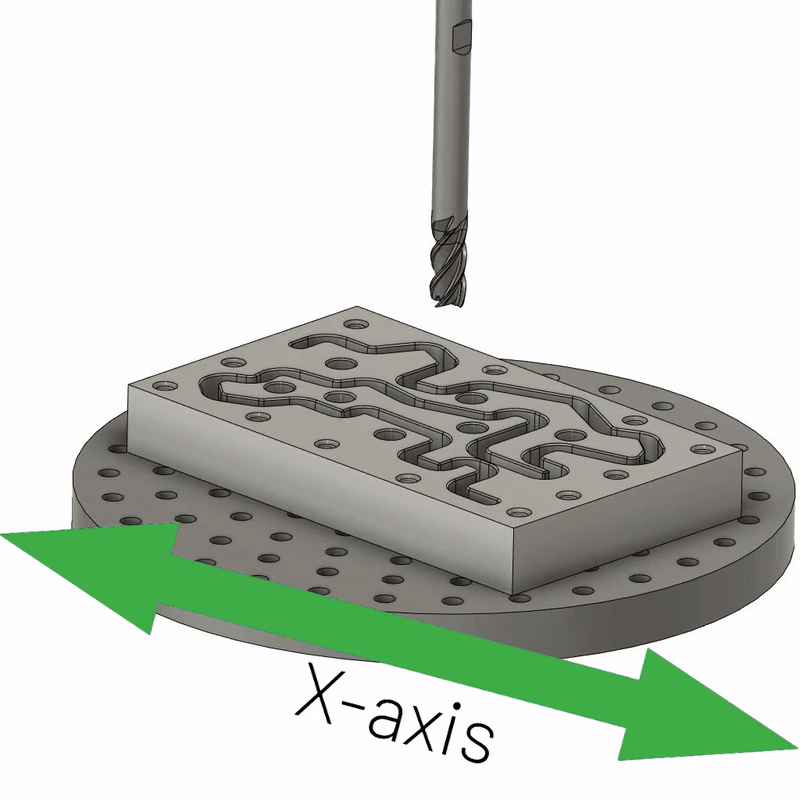
Image Source: CloudNC
4-axis CNC machining, we generally understand it as 3 plus 1-axis. In 4-axis CNC milling, the machine also has X, Y, and Z axes, and adds an A-axis that rotates around the X-axis, so we also call it 3 plus 1, or 3 plus A.
4-axis machines have a few different arrangements, but generally they are vertical machining, which means the spindle rotates around the Z-axis. Normally, a block of material is mounted on the X-axis and rotated on the A-axis. Therefore, two sides of the part can be machined in a single fixture setup.
Compared with 3-axis CNC machining, 4-axis CNC machining can be a more economical and feasible method. For example, if you are about to machine a part that requires two unique fixtures by 3-axis machining. And the fixtures cost £1000 and £800 respectively. But if you choose 4-axis machining, only one fixture is required by the advantage of A-axis capability, which cost £1000. Besides, there is no need to replace fixtures during machining, furtherly reducing cost and operational errors from operator. This ensures high quality of the machined part. One extra benefit of not to change fixtures during machining is that it can maintain tight tolerances between features on different sides of the part, because the loss of dimensional accuracy is eliminated as mounting and resetting is unnecessary.
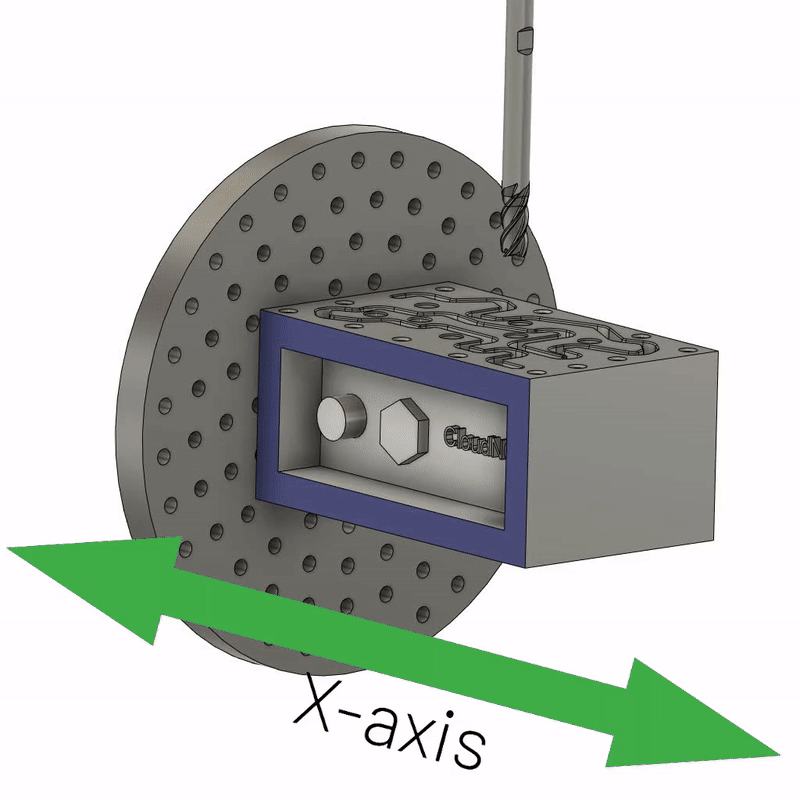
Image Source: CloudNC
5-axis machining implies that five sides of the workpiece can be automatically machines at one time. There are two main types of 5-axis CNC machines, indexed 3+2-axis and continuous (full) 5-axis. By adding B-axis rotates with Z-axis and working with X, Y, Z, and C axes, 3 plus 2-axis CNC machining starts producing parts with tight tolerance. In 3 plus 2-axis machining, the X, Y, Z axes and B, C rotation axes is working independently, which means the workpiece can be rotated relative to the cutting tool to any compound angle. If you need to produce parts with deep cavities and complex structures, 3 plus 2-axis machining can produce a part from all directions without manual rotation.
Although indexed 3 plus 2 axis machining is capable of making parts with highly complex structures, it cannot complete X, Y, Z axes movement and B, C axes rotation simultaneously. In full 5-axis machining, two rotating axis is working, while the cutting tools is moving along the X, Y, Z coordinates, which means all axis can work at the same time to produce parts. Full 5-axis machines can not only cut flat compound angles, but also shape complex curved 3D surfaces. Generally, full 5-axis CNC is being able to produce parts that are used for forming. Of course, complex designs need supports from professional machines and dedicated program operators, which means that the cost of 5-axis machining will also increase accordingly.
With a doubt, the biggest advantage of 5-axis machining is that it made a breakthrough on machining parts with extreme geometries complexity, and it is the most advanced technique in CNC machining. However, not all parts require full 5-axis machining. It may be more efficient and productive by utilizing 3 plus 2-axis machining as it allows the use of shorter and more rigid cutting tools. While those tools can be tilted toward the workpiece surface for faster feeds and speeds, which means 3 plus 2-axis machining can produce per unit faster. Therefore, many 3-axis manufacturing centres find out that 3 plus 2-axis machining is a great transition to full 5-axis machining capabilities.
Overall, the most appropriate manufacturing method depends on material, production volume, budget, and geometric complexity, etc. If your parts require tighter tolerances and more complex geometries, 5-axis machining could be a better option. If you just need a better and faster way to machine parts with less complex structures, then 3 plus 2-axis machining is more accessible.
Both full 5-axis and 3 plus 2-axis machining have unique advantages, choosing the right technique that will benefit your manufacturing process, thus increasing profits.
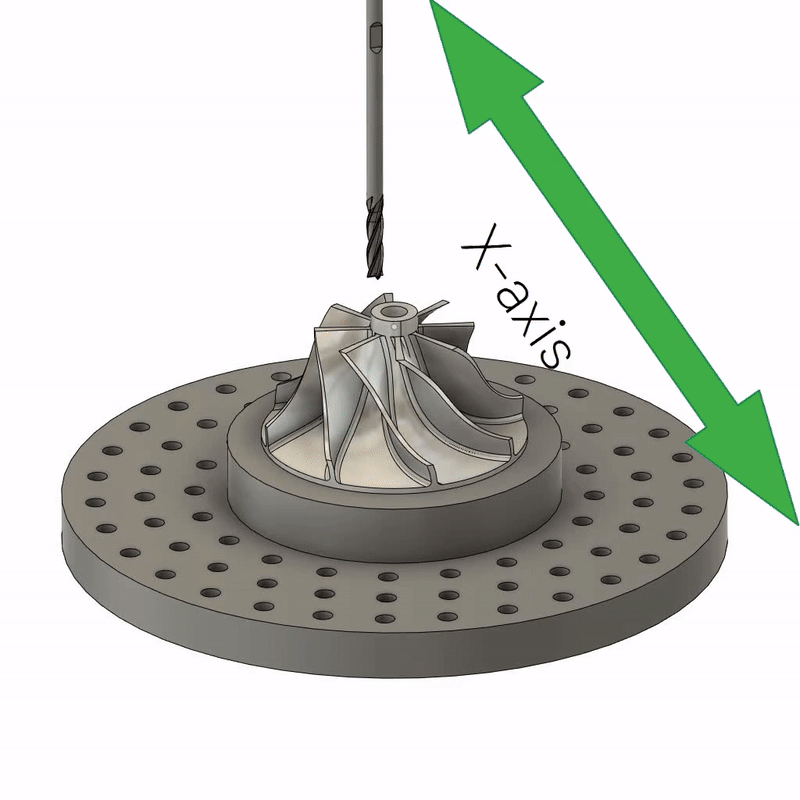
Image Source: CloudNC
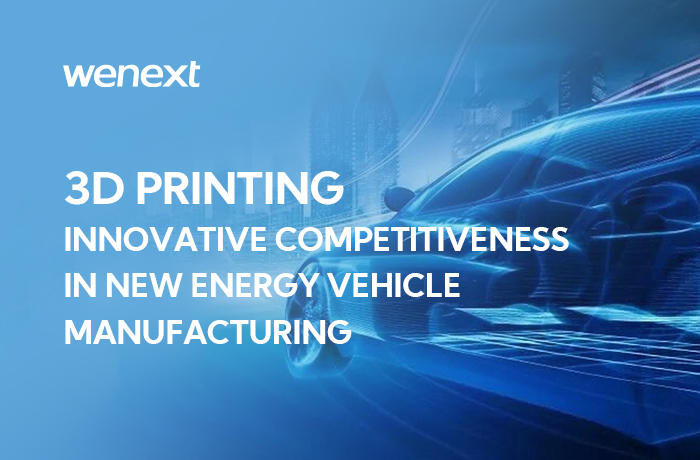
3D printing has become a key technological pillar for the new energy vehicle industry to achieve lightweighting, intelligence, and sustainable development, bringing fresh competitiveness to the sector's advancement.
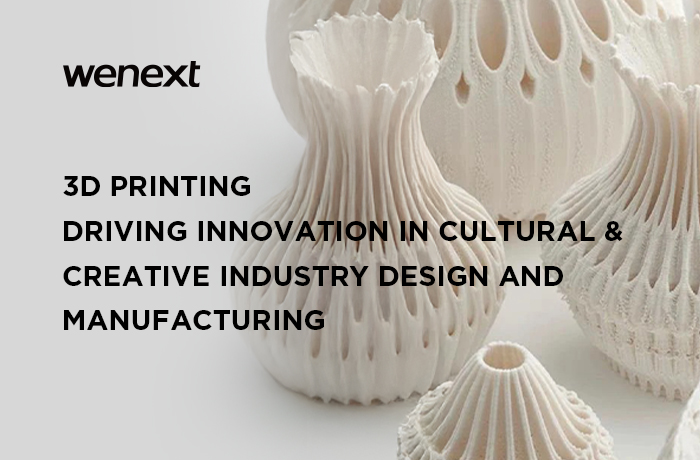
3D printing technology is reshaping the landscape of the cultural and creative industries in application scenarios such as customized cultural product creation, film & TV IP derivative development, and game merchandise production.
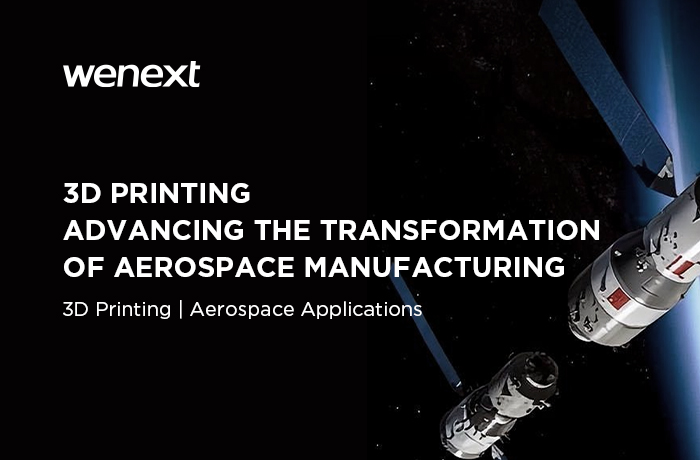
3D printing technology has become a key force driving the advancement of manufacturing in the aerospace sector.
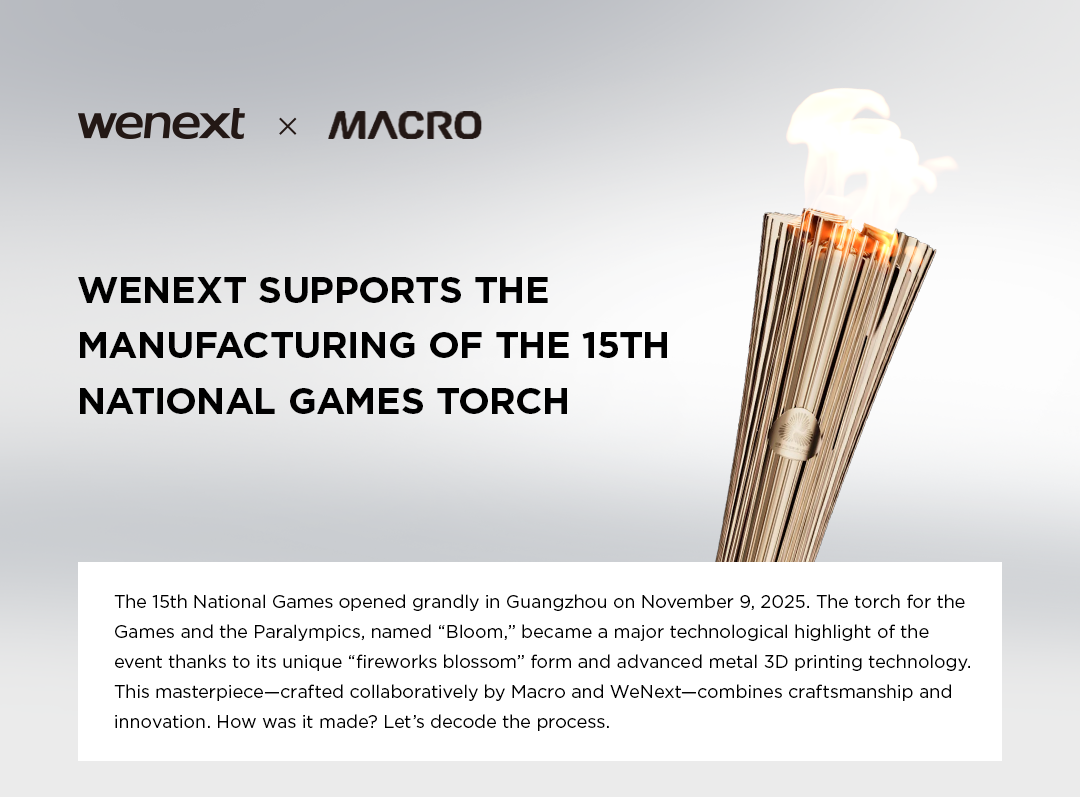
Decoding the manufacturing journey of the “Bloom” torch for the 15th National Games, WeNext broke through the bottlenecks of traditional processes through metal 3D printing technology, transforming Macro’s design concept into reality.

3D printing has become a key technological pillar for the new energy vehicle industry to achieve lightweighting, intelligence, and sustainable development, bringing fresh competitiveness to the sector's advancement.

3D printing technology is reshaping the landscape of the cultural and creative industries in application scenarios such as customized cultural product creation, film & TV IP derivative development, and game merchandise production.

3D printing technology has become a key force driving the advancement of manufacturing in the aerospace sector.

Decoding the manufacturing journey of the “Bloom” torch for the 15th National Games, WeNext broke through the bottlenecks of traditional processes through metal 3D printing technology, transforming Macro’s design concept into reality.
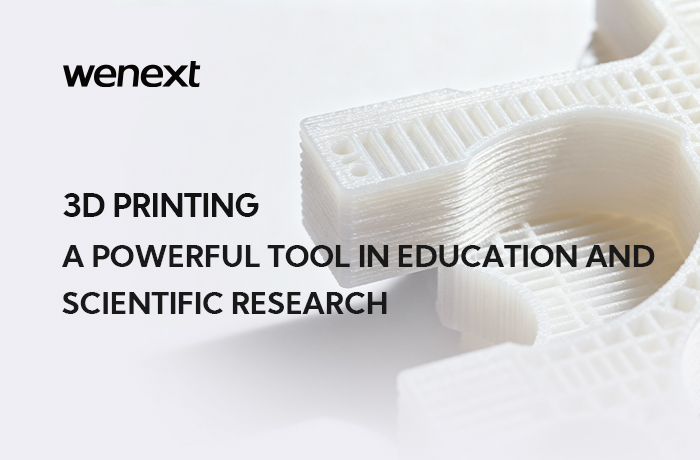
Wenext offers one-stop solutions ranging from rapid prototyping to professional-grade part manufacturing, providing efficient, specialized, and easily accessible manufacturing support for education and scientific research
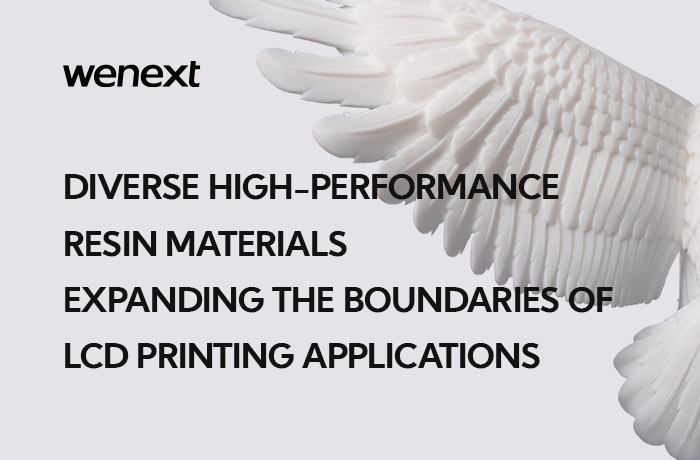
Wenext launches an LCD printing materials application feature, interpreting the unique properties of diverse high-performance printing materials to provide reference for customers in material selection and application for LCD printing.
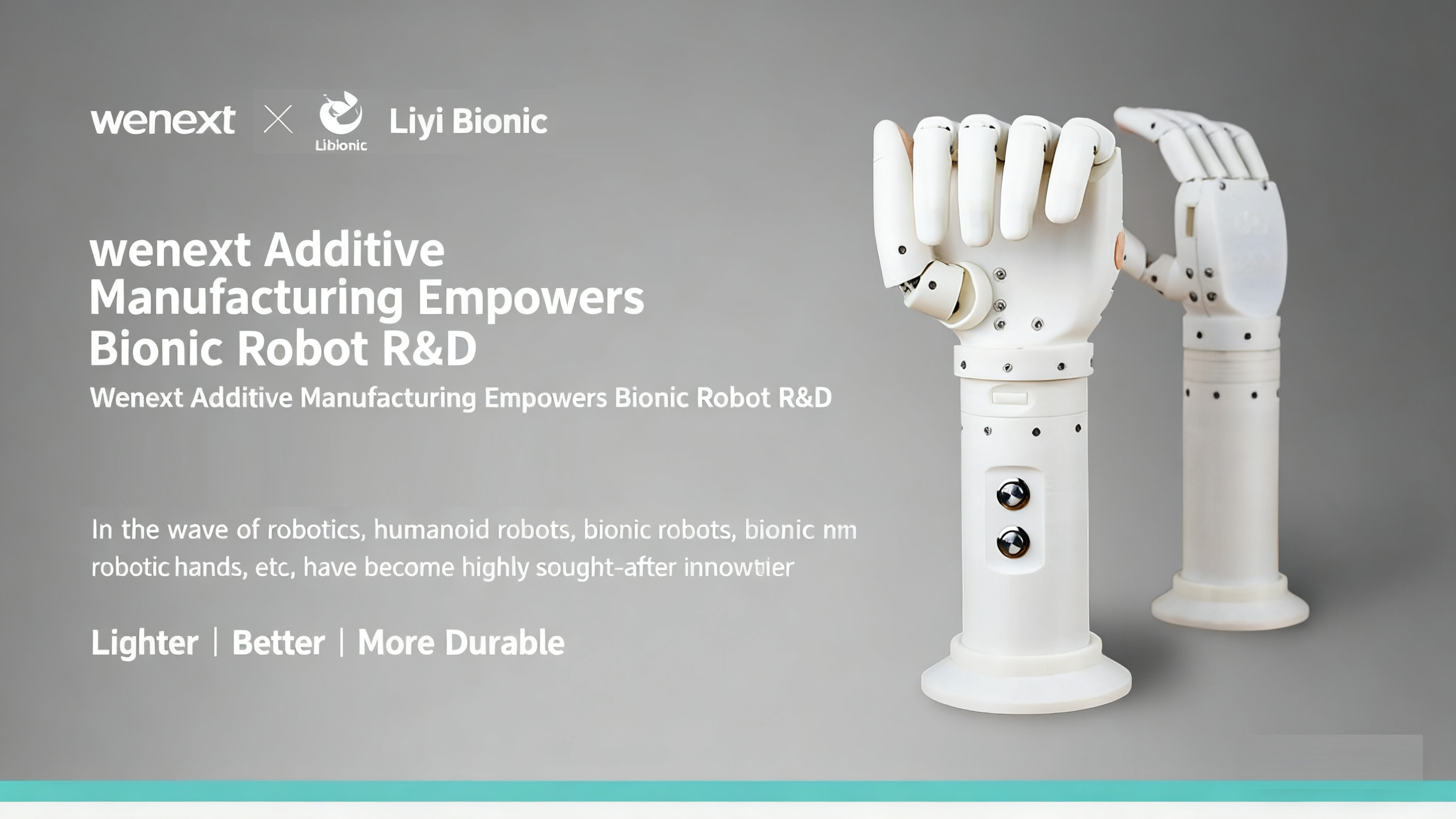
Wenext and Liyi Bionics join hands and, with 3D printing technology as the core manufacturing approach, create a completely new paradigm for the research, development, and mass production of mechanical bionic hands.
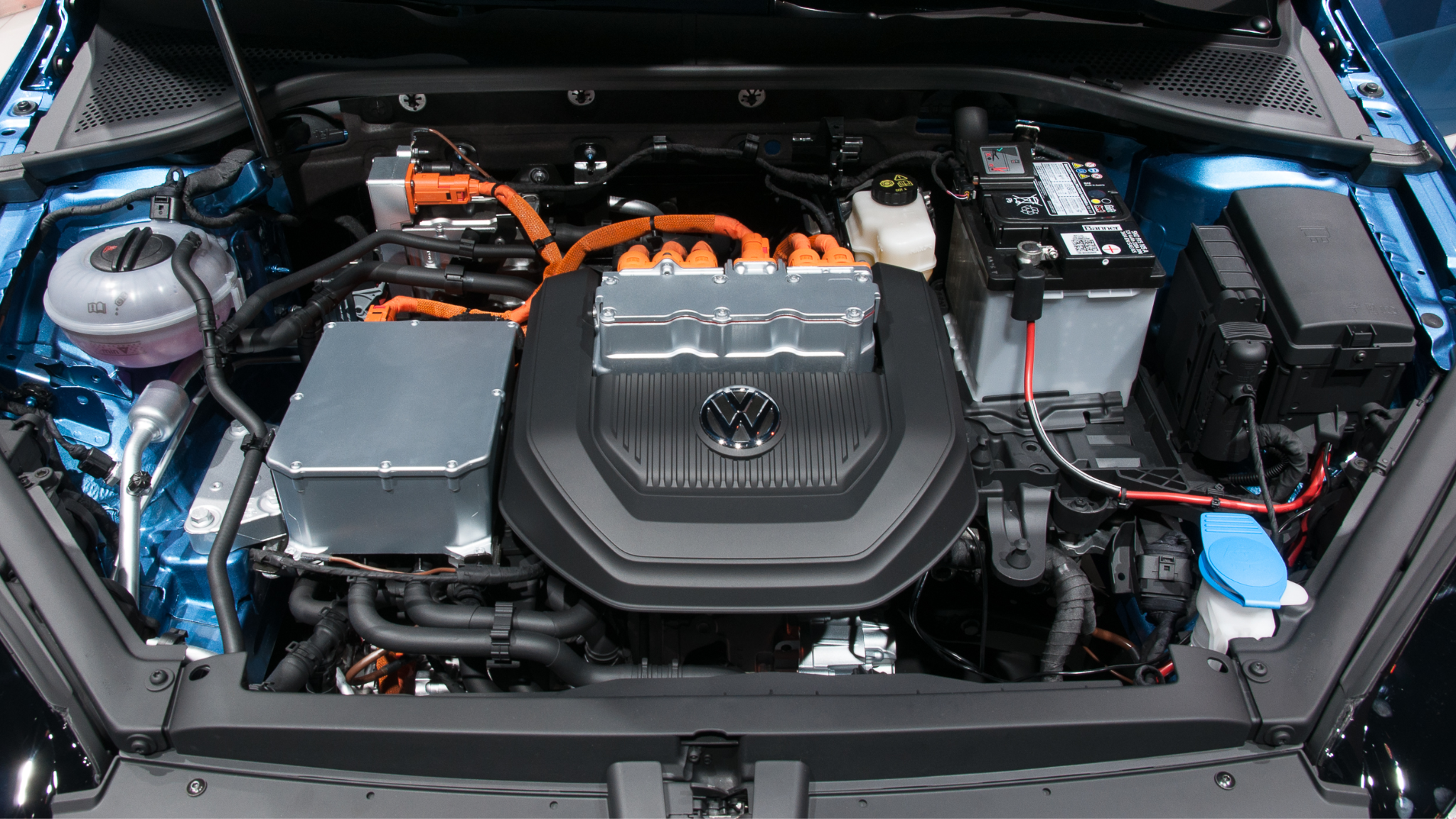
The integration of 3D printing has not only sped up the design process but also introduced unprecedented flexibility and innovation into the automotive industry
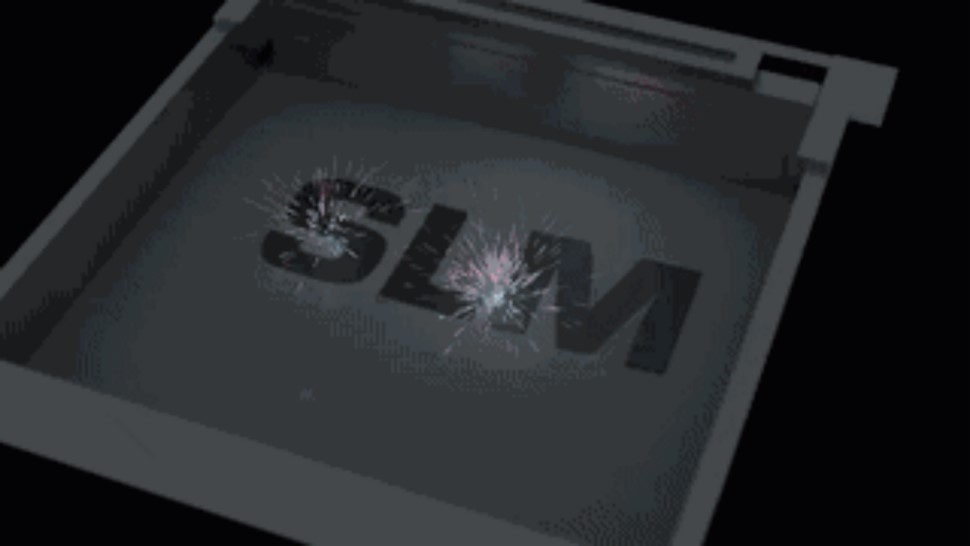
With its unique advantages, SLM metal 3D printing has emerged as a solution for manufacturing intricate metal structural components.
New materials and new technology make 3D Printing silicone possible now! Discover more in this article!
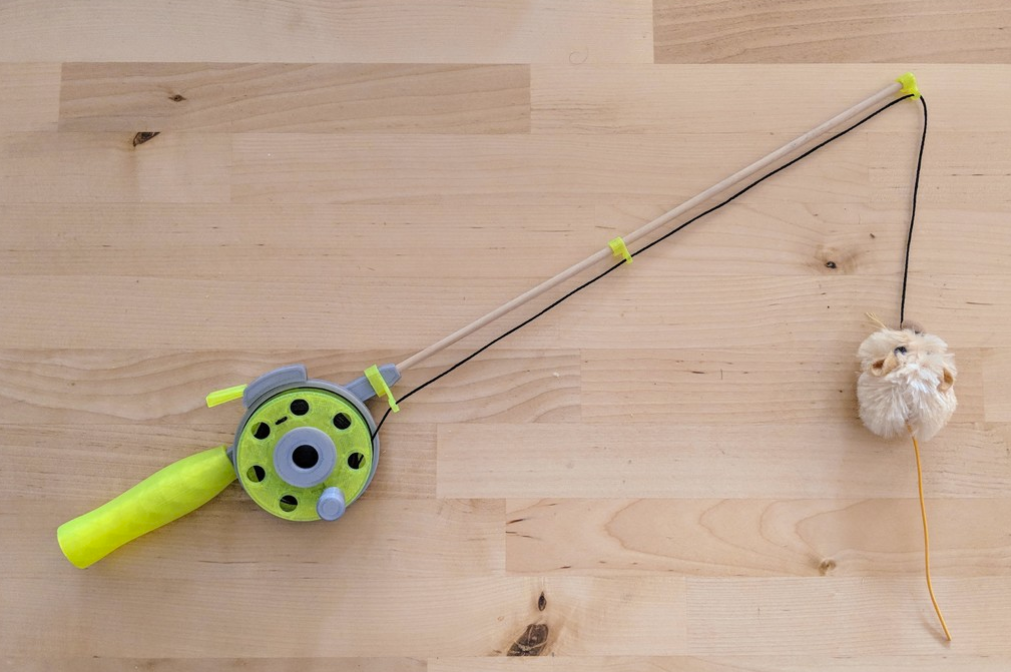
See what toys you can 3D print for your cats, check out the best 3D printed cat toys of 2023 here.
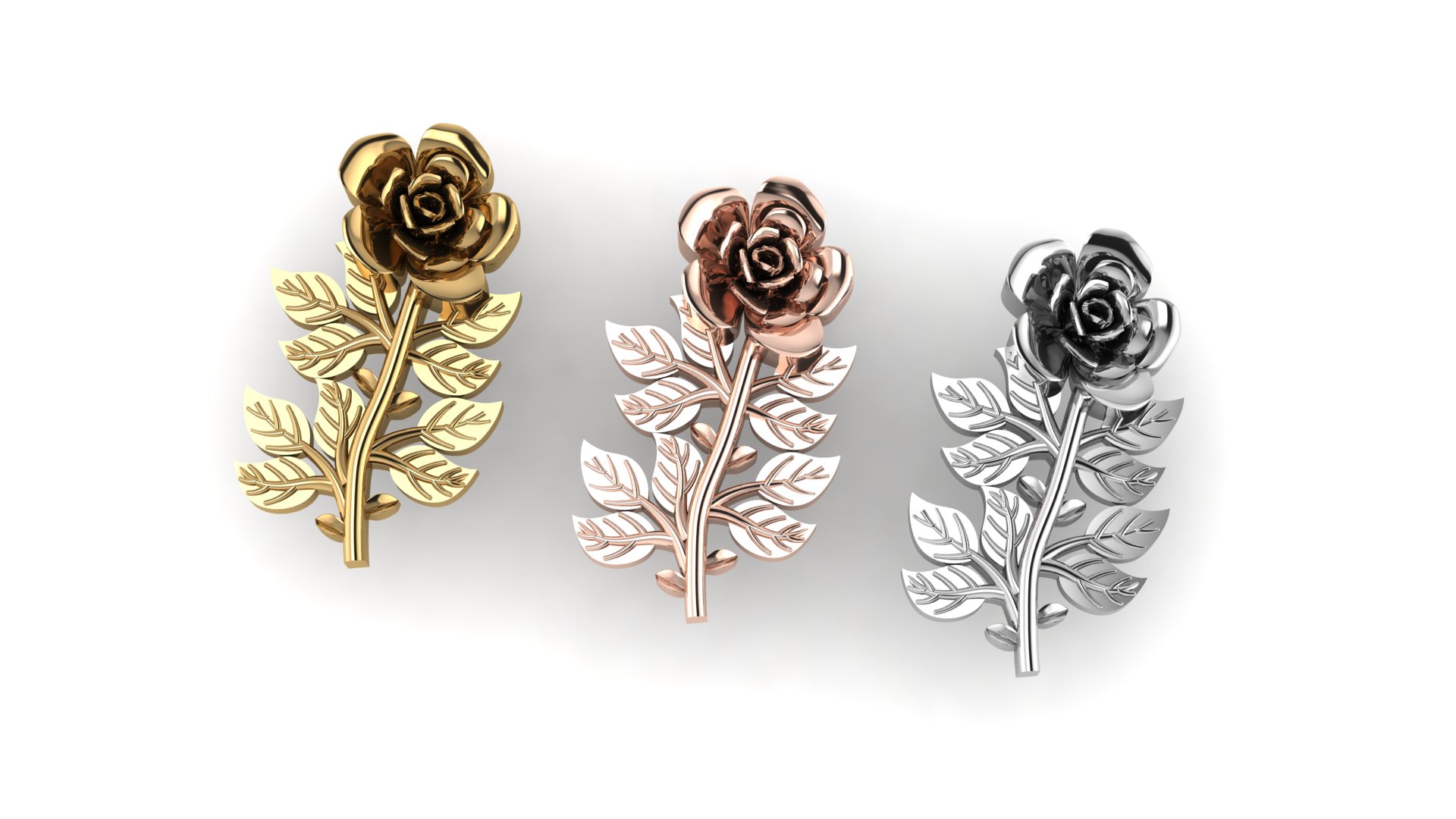
Want to make 3D printed jewelry for yourself or gain inspirations from jewelry 3D models? Check these jewelry STL files out!

©2019-2025 WeNext Technology Co., Ltd. All Rights Reserved.
This website uses cookies for better personalized services. By using our websites, you agree to this use. Privacy Policy
We use cookies to improve your experience, check out Privacy Policy.